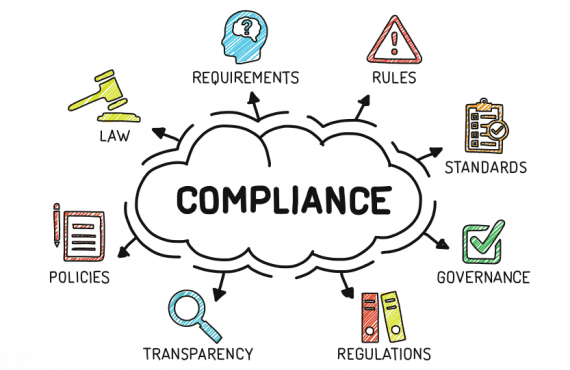On November 15, 2017, the Emergency Preparedness Requirements for Medicare and Medicaid Participating Providers and Suppliers Final Rule becomes mandatory—and all emergency preparedness procedures at skilled nursing or long-term care facilities must include what is known as an “all-hazards” planning requirement—which means that the plan must cater for almost every conceivable sort of disaster.
The “all-hazards” plan must describe how a facility will meet the health, safety, and security needs of their staff and patient population during an emergency, and should be prepared in such a way that it will deal not only with one potential emergency, but a multitude of events.
This means that the plan must take into account the location and surrounding area of the facility; the patient population, including, but not limited to, persons at risk and their unique vulnerabilities in the event of an emergency or disaster.
“At-risk populations” are those who might need additional response assistance because of any of the following:
– general disabilities,
– in need of special care because of the institutionalized settings of their facilities,
– cannot speak English,
– have chronic medical disorders,
– have pharmacological dependencies,
– are elderly,
– have physical and mental disabilities,
– have special access and functional needs.
The plan must also explain how the facility will continue operations during an emergency—including delegation of authority and succession plans. This is vital should staff be unable to reach the facility, or are otherwise themselves incapacitated: someone must be on hand who can be legally delegated to make important decisions.
Other considerations which must be addressed in this all-hazards plan include:
– the likely length of any specific emergency; and
– a procedure to reestablish essential utility services during an emergency (which must include a timeframe with a contractor to initiate services after the start of the emergency).
An often-overlooked requirement is the fact that a facility is required to share emergency preparedness plans and policies with residents and family members or patient representatives.
Such information sharing should also provide details on how to contact the facility in the event of an emergency and can be in the form of brochures and/or published on the facility’s website. The information can also be shared as part of the facility’s check-in procedures.























































